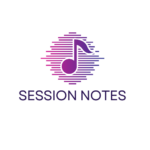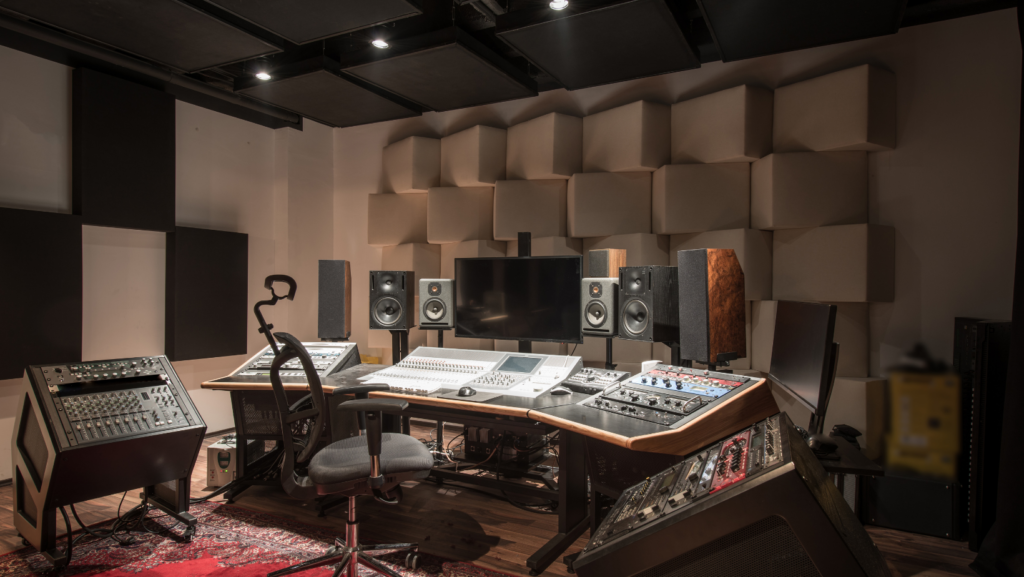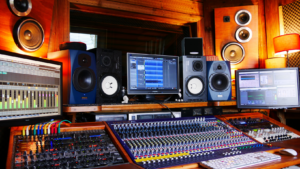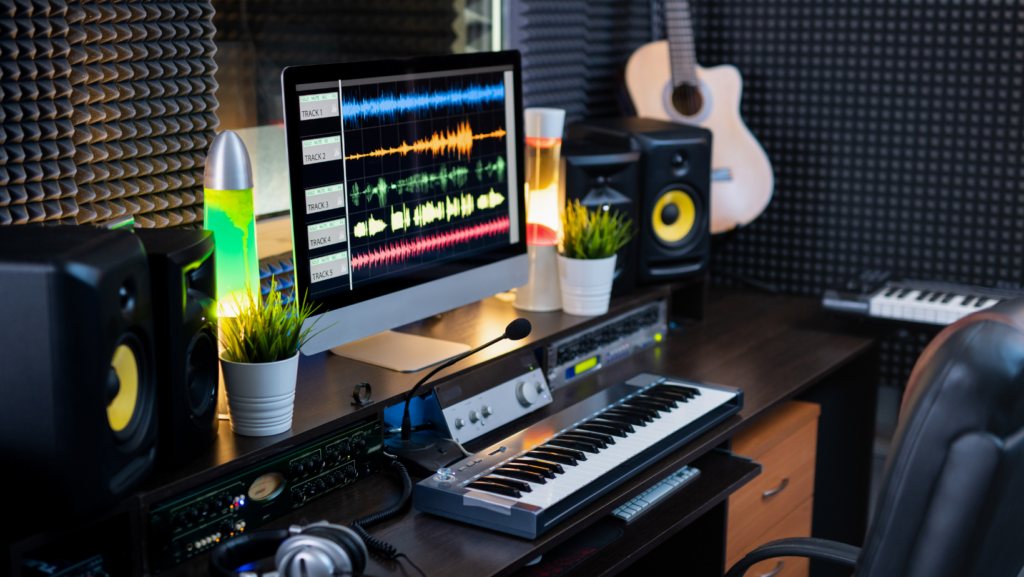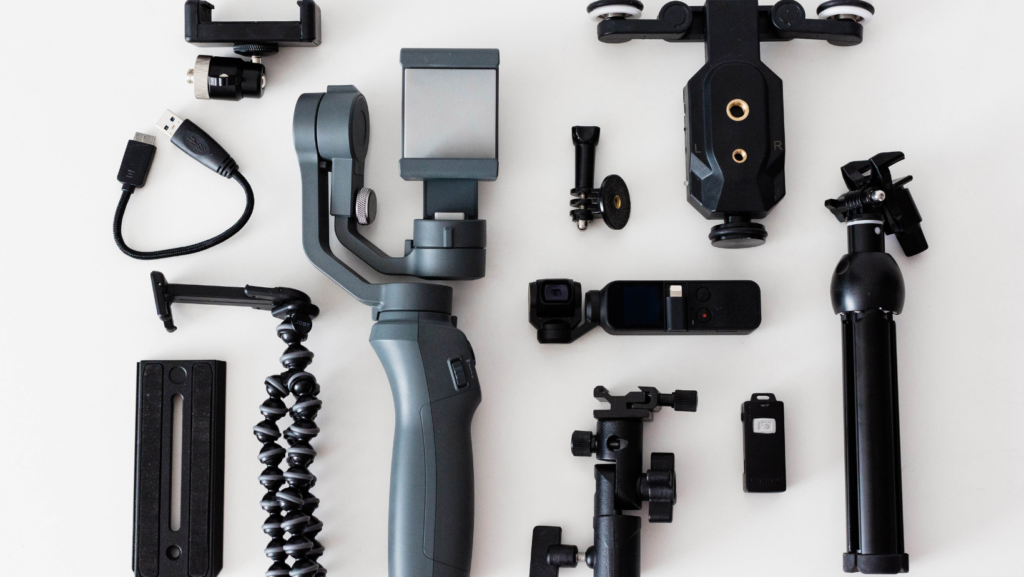In the realm of music and audio production, the right gear can make all the difference. That’s where a recording equipment bundle comes in. Offering convenience and value, these packages are a go-to solution for both budding artists and seasoned professionals.
From microphones and headphones to mixers and audio interfaces, a recording equipment bundle packs everything you need into one tidy package. It’s a cost-effective, hassle-free way to upgrade your studio or kickstart your musical journey.
Recording Equipment Bundle
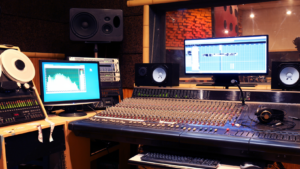
Achieving optimal recording quality hinges on comprehending the primary elements of a recording equipment bundle.
Advancing musical careers or amplifying studio setups, notably, relates to appreciating three fundamental components: audio interfaces, microphones, and studio monitors.
The Role of Software in a Recording Equipment Bundle
Software emerges as an indispensable part of recording equipment bundles, working in harmony with physical components to capture, manipulate, and refine audio signals. This section will delve deeper into two critical software components: Digital Audio Workstations (DAWs) and plug-ins, along with virtual instruments.
A Digital Audio Workstation (DAW) sits at the center of the audio production process. It serves as the recording venue, the mixing desk, and the mastering suite, all within a digital environment. DAWs offer a variety of features that enhance the audio recording and editing process. Reverb, equalization, and compression are but a few examples of the numerous effects integrated into this software. Examples of popular DAWs include Pro Tools, Logic Pro, and Ableton Live, each promising a unique set of tools that cater to various audio production needs.
DAWs, in their essence, are multi-track recording systems. To illustrate, Pro Tools provides as many as 768 audio tracks, enabling the recording of numerous instruments and vocals simultaneously. Amplifying their utility, DAWs also permit non-destructive audio editing, meaning changes are not permanent and can be corrected, essentially providing a safety net during the audio editing process.
Assessing your Needs: Choosing the Right Recording Equipment Bundle
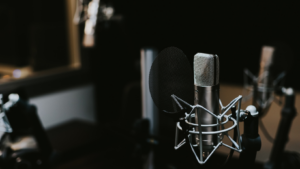
Transitioning from the broad perspective of recording equipment bundles and their versatile uses, it’s vital to focus on individual needs. Key factors such as budget, space, and specific requirements guide the selection process.
Recording equipment bundles come in a variety of price ranges, catering to diverse financial capacities. If a tighter budget constrains an artist, opting for a quality, yet affordable, bundle such as the M-Audio Air 192
8 Vocal Studio Pro would be beneficial. Those with a higher budget may consider the PreSonus AudioBox Studio Ultimate Bundle for its comprehensive features. It’s essential to bear in mind that a higher price doesn’t always equate to better quality, which makes research important before any investment.
Space constraints equally influence the choice. Often, compact kits tend to serve smaller spaces better, while larger setups necessitate more room. For example, the Audio-Technica AT2020PK Vocal Microphone Pack includes a compact boom arm suitable for limited spaces.
Expanding Your Home Studio: When to Upgrade Your Equipment
Upgrading your recording equipment bundle often depends on the artist’s needs and ambitions. Keeping track of equipment performance and usability can provide clues to when an upgrade might be required.
Performance Issues
Showing signs of wear or not functioning as efficiently as they once did are clear indicators notches toward the upgrade side. For instance, microphones that capture poor-quality audio or headphones that are losing sound output might need replacement.
Increasing Workflow Demands
The growing need to produce more sophisticated work can signal that it’s time to upgrade equipment, especially in areas of audio interfaces with higher sample rates and bit depths, or microphones designed for specific recording applications.
Need for Additional Features
Increased need for advanced features, such as a MIDI input or more simultaneous I/Os, often require equipment upgrades.
Additionally, if there’s a desire to experiment with different types of microphones, headphones, or other gear, an upgrade is in order.
Investment in Musical Career
Finally, one’s dedication to their musical career dictates upgrade decisions. Considerations include quality and performance efficiency of current gear. Upgrading their home studio could be a tangible sign of commitment to their professional success.
